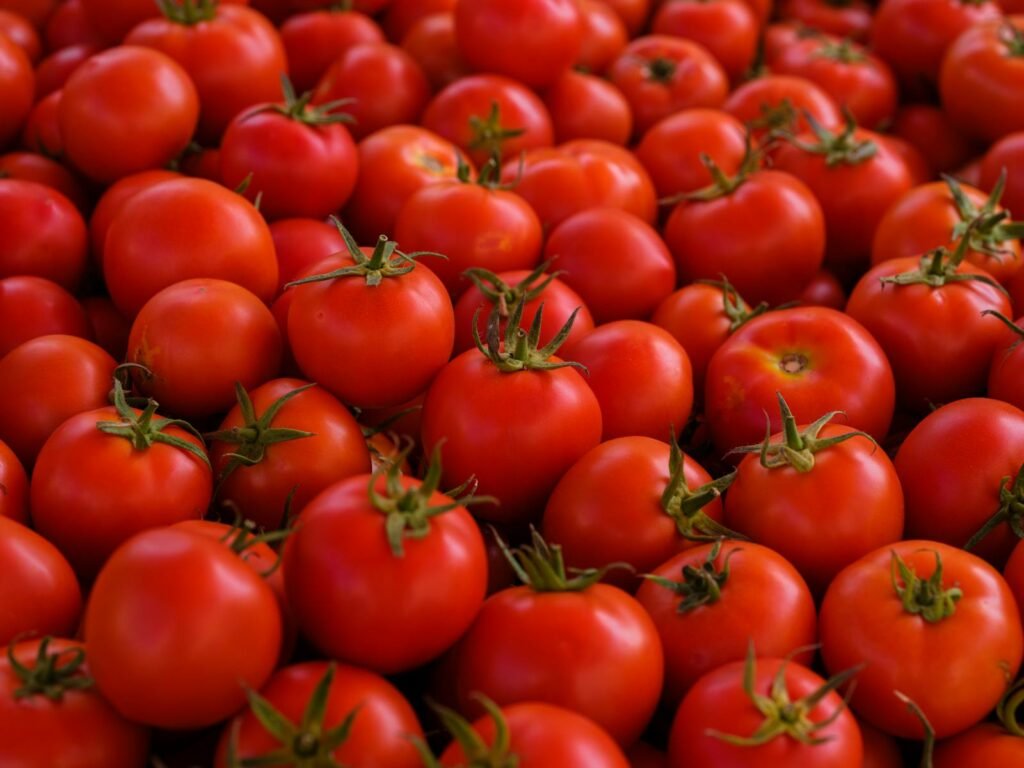Imagine running your hands through soil that has nourished generations, where seeds are not just a means to an end but a living link to ancestors and ancient traditions. The story of Irish heirloom crops and forgotten farm gardens is one of resilience, flavor, and memory—a tale of survival against famine, colonial pressures, and the march of modern agriculture. Yet, tucked away in hidden corners of the Irish countryside, these crops and gardens persist, whispering stories of a time when every patch of earth was cherished and every harvest celebrated. This is not just about food—it’s about heritage, biodiversity, and the quiet revolution of gardeners determined to keep the old ways alive.
The Heartbeat of Irish Rural Life

Heirloom crops were once the heartbeat of rural Ireland, deeply woven into the fabric of daily existence. Long before supermarkets and industrial farming, families relied on their small plots for sustenance, growing what they could and saving seeds for the next year. These gardens were more than food sources; they were centers of family tradition and community gathering. Stories, songs, and wisdom were passed down alongside the seeds, rooting people to their land in a way that modern life often overlooks. The old ways meant paying careful attention to weather patterns, soil health, and the subtle changes in nature that could make or break a harvest.
What Makes a Crop “Heirloom”?
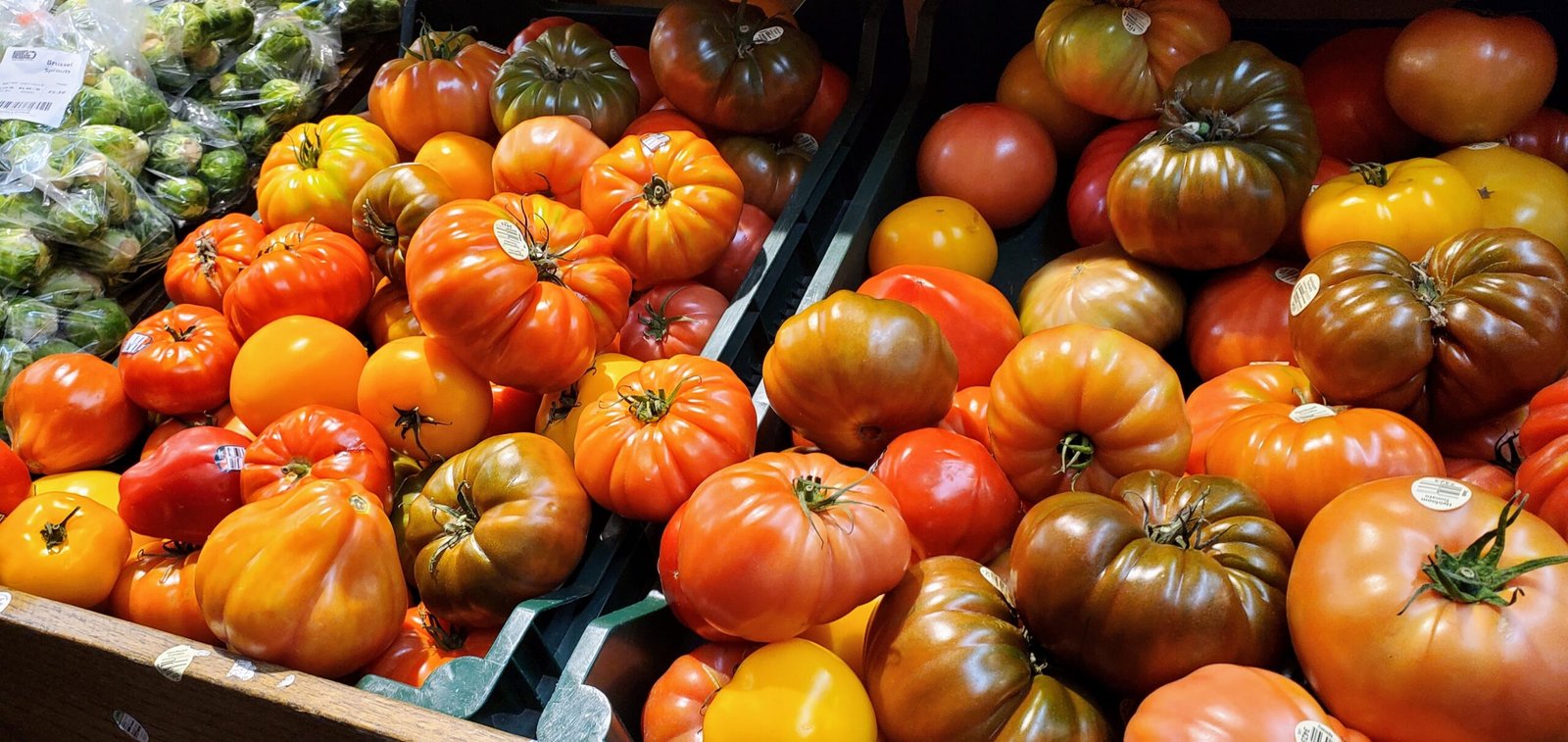
Heirloom crops are old varieties, often over 50 or even 100 years in cultivation, that have been passed down through generations, usually within families or local communities. Unlike modern hybrids, heirlooms are open-pollinated, which means their seeds can be saved and replanted with predictable results. Each variety carries a unique genetic story, often adapted to local soils, climates, and even the tastes of the people who grew them. This genetic diversity is crucial, as it provides resilience against pests, diseases, and climate shifts in a way that modern monocultures cannot.
The Potato’s Tumultuous Tale
No crop is more synonymous with Ireland than the potato, and yet its history is as complex as it is tragic. Heirloom varieties like the Lumpers, Irish Apple, and Pink Fir Apple once thrived in Irish soils. The Great Famine of the 1840s, caused by potato blight, wiped out most monocultured varieties, yet some heirlooms survived in isolated regions. Today, these old varieties are making a comeback among gardeners and chefs who crave their distinct flavors and resilience. Each bite of a knobbly, heritage potato is a reminder of both hardship and hope—a living echo of the past.
Wheat, Oats, and Barley: The Forgotten Grains
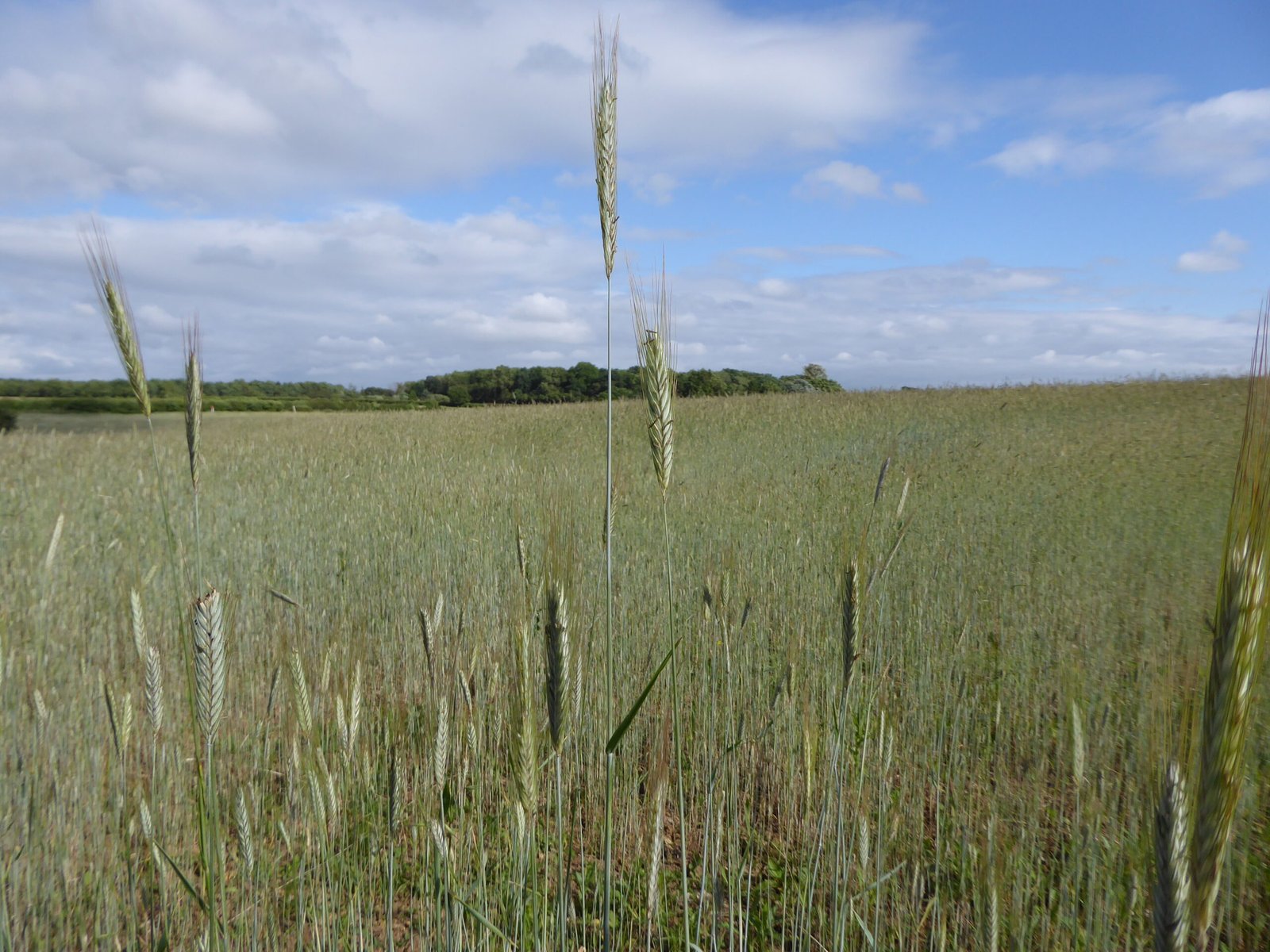
Long before wheat fields stretched across the plains of America, rural Irish gardens were filled with ancient grains like Bere barley and black oats. These grains were vital for making bread, porridge, and even traditional drinks like poitín. Unlike modern grains, heirloom varieties often tolerate poor soils and harsh weather, making them ideal for Ireland’s unpredictable climate. Scientists are beginning to study these ancient grains for their nutritional benefits and resilience, recognizing that the answers to future food security may lie in the past.
Curious Beans and Peas

Beans and peas might seem humble, but they’ve played a quietly heroic role in Irish gardens. Varieties like the Irish Green Pea and the Climbing French Bean have been grown for centuries, providing protein and enriching the soil through nitrogen fixation. Gardeners often chose these crops for their hardiness and ability to thrive in damp, cool conditions. In recent years, chefs and home cooks alike have rediscovered their rich, nutty flavors—a far cry from the bland, uniform varieties found in supermarkets.
Ancient Apples and Hardy Fruits
Ireland’s cool, wet climate is perfect for apples, and the country once boasted hundreds of unique varieties. Names like Ard Cairn Russet and Kerry Pippin evoke a sense of place and history. Many old orchards have vanished, replaced by modern, high-yielding types, but a passionate group of orchardists is working to revive them. These apples are not just delicious—they’re also more disease-resistant and adaptable, thanks to centuries of natural selection. Preserving them means saving both flavor and genetic diversity for future generations.
Vegetables on the Brink of Disappearance
Carrots, parsnips, turnips, and cabbages were staples in traditional Irish gardens, each with their own heirloom lines. The Irish Greenheart cabbage and the Black Spanish radish are just two examples of vegetables teetering on the edge of extinction. Losing these varieties would mean losing not just food, but a wealth of culinary and agricultural history. Seed savers and gardeners are now racing against time to collect, grow, and share these forgotten treasures before they disappear forever.
The Science Behind Biodiversity

Why should we care about old varieties when supermarkets offer perfect-looking produce year-round? The answer lies in biodiversity. Every heirloom crop carries unique genes that help fight disease, adapt to climate change, and provide more varied nutrition. Modern agriculture’s reliance on a few high-yield crops creates vulnerability—one disease or pest can wipe out entire harvests. By cultivating a wide range of heirlooms, Irish gardeners are not just preserving history—they’re building resilience for the future.
Reviving the Forgotten Farm Garden
The revival of forgotten farm gardens is a movement fueled by passion and nostalgia, but also a keen sense of practicality. Community gardens, school programs, and small farms across Ireland are reintroducing old seeds to new hands. This is not just about growing food; it’s about reconnecting with nature, building community, and celebrating local flavors. Gardeners swap seeds at fairs, share stories, and experiment with ancient planting methods, breathing new life into traditions that once seemed destined to fade away.
From Gardens to Tables: Culinary Renaissance

Irish chefs are playing a surprising role in the heirloom revival, seeking out rare varieties for their depth of flavor and unique textures. Dishes made with heritage carrots or ancient grains are appearing on menus from Dublin to Dingle, sparking both curiosity and pride. Home cooks, inspired by these culinary trends, are planting their own gardens or seeking out local growers. The result is a vibrant, ever-evolving food culture that honors the past while embracing innovation.
The Role of Seed Savers
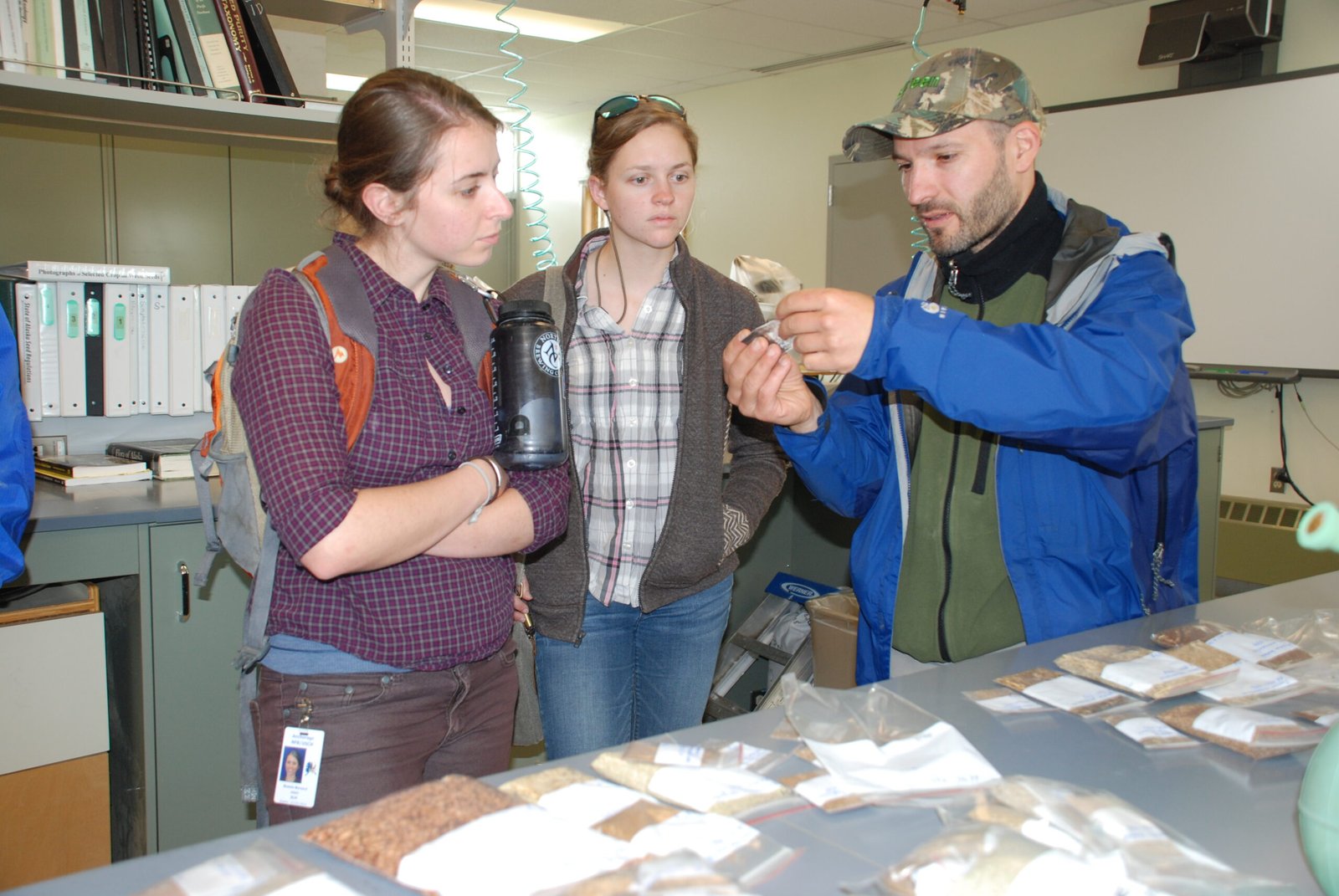
Seed saving is both an art and a science. In Ireland, groups like the Irish Seed Savers Association are on the front lines, collecting and preserving rare seeds from across the country. Their work involves meticulous documentation, careful cultivation, and an unwavering commitment to sharing seeds freely. This grassroots effort is crucial—not only for preserving genetic resources but also for empowering ordinary people to take food security into their own hands.
A Living Legacy for Future Generations
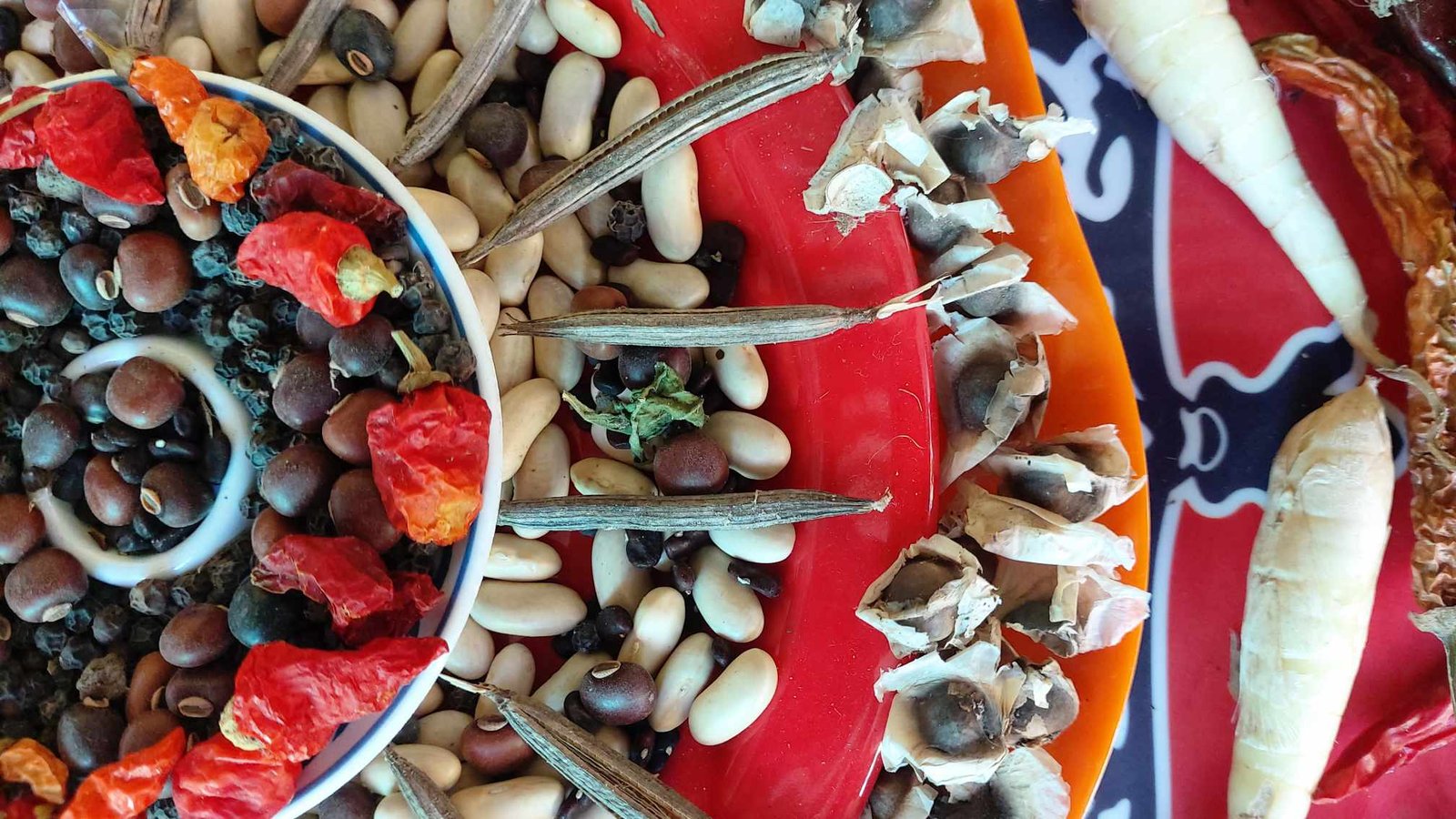
The story of Irish heirloom crops and forgotten farm gardens is not just about looking back—it’s about building something lasting for the future. Every seed planted, every ancient apple tree grafted, is an act of hope and defiance against a world that often values speed and uniformity over tradition and diversity. As more people discover the magic of growing the old ways, they become part of a living legacy, one rooted in respect for nature, community, and the wisdom of those who came before.

